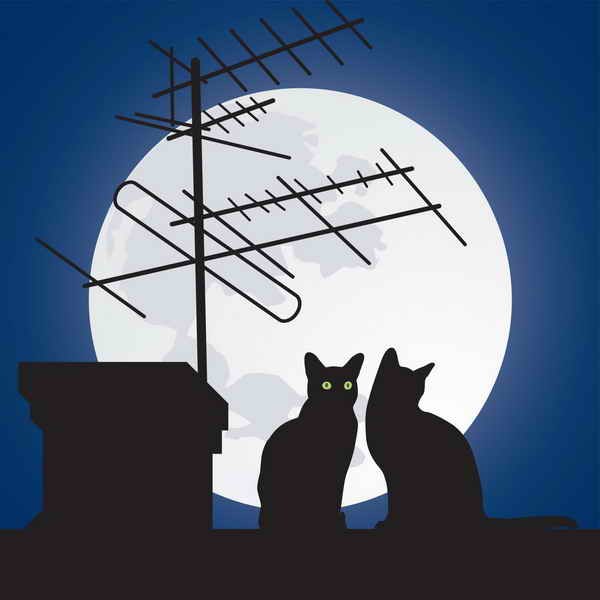Antenna location
The quality of the television signal depends on the location of the antenna. Concrete walls, metal fences and structures hamper the signal, so it's often a outside the house, on the wall or the roof. If you know where is the nearest transmission tower, the antenna should be deployed in her direction.
In General, the setup often requires a certain amount of time and effort. Need to move and twist the antenna, while continuously monitoring the image quality.
You can use two or more antennas to receive a clearer signal. They are located as high as possible, at the same distance from the switch.
Change the design of the antenna
Almost any antenna can be connected to dedicated TV signal amplifier. It works on 220V, to buy booster can in most electronics stores. For a correct choice it is important to know some parameters: the noise factor (it needs to be as low as possible, preferably less than 2 dB), the gain Ku (calculated on the basis of the presence of branching of the cable and its length).
Most often the antenna design is thought through, given standard air. You can edit it by using any metal object, a conductive current: wire, cable, balcony dryers, radiators, etc. are best suited aluminum and copper objects with a large surface area. Metal objects are not in contact with the antenna, by contrast, interrupt the signal.
Some antennas require a special configuration before use. You should verify that the correct frequency range on display to make a particular signal.
The effect of common-mode grille
If you take several identical antennas and spread them horizontally and vertically so that the phase of the signal was in one and the same, it is possible to achieve significant amplification. For example, if a single antenna gives the ratio of 7 dB, the double — up to 10 dB, consisting of four parts — up to 12 dB, etc.
Basic rules-phase lattice parts can be purchased or made their own, but not necessarily the same. It's important to "floors" and "rows" was completely symmetrical, with equal length lines, cable jumpers. Used for fixing frames made of insulating materials, such as wood or plastic.
